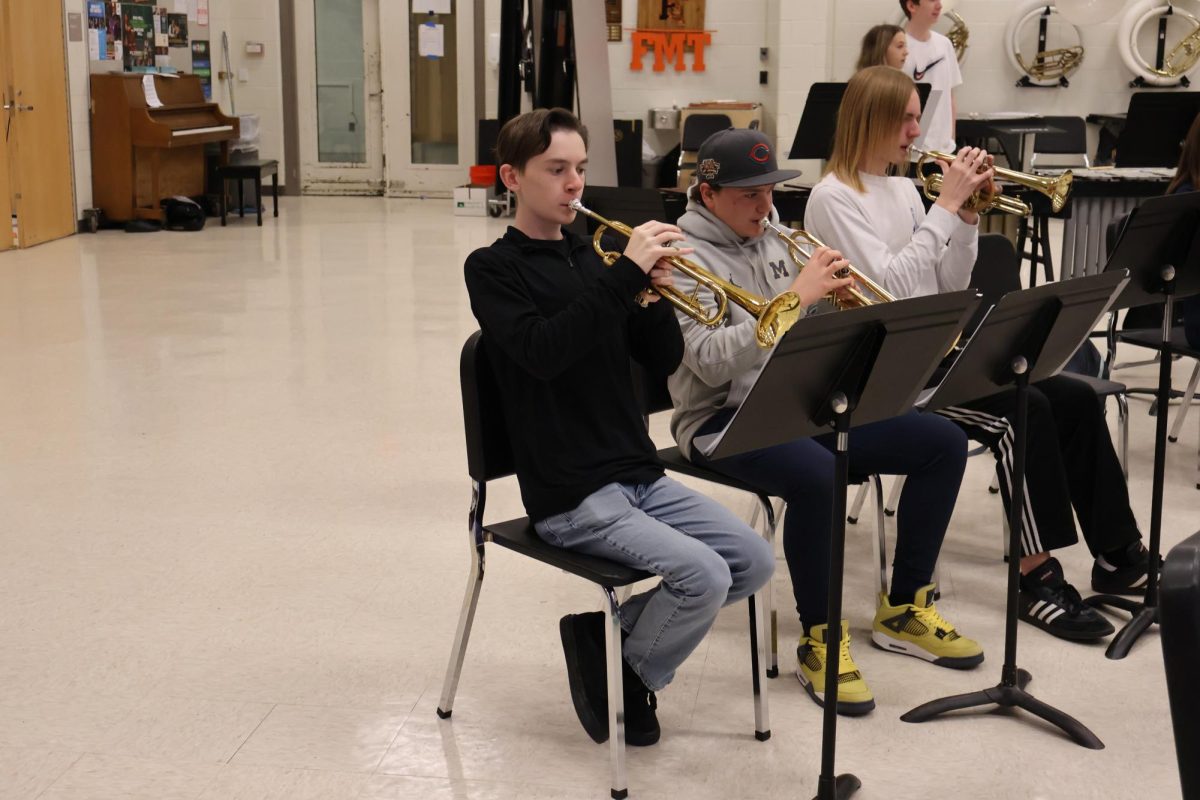How classes with fewer students differ from larger class sizes
October 21, 2019
When trying to best determine how students learn most productively, one question that is frequently debated is the effect that class size has on learning. Normally, classes at FHS vary from 30 students to around 20, although there are some extreme cases like the IB History HL2 class, a two-year course taught by history teacher Matthew Place that is packed at just six students.
“From a teaching perspective, small class sizes are a lot different,” Place said. “When I have classes with around 30 people it’s tough connect with each students learning. When I have classes like my IB History class I’m able to give them material I know they can handle and excel. There’s more room for individual learning in classes with fewer students.”
One study in particular, produced by three researchers from The Danish Center for Social Science Research, after reviewing 127 independent studies, found that there are numerous benefits to the smaller class size model. Some of those benefits include the opportunity for coursework to be adapted to individual needs, assignments can be more hands-on, participation increases, teachers are able to give more feedback and there is more of an opportunity to learn from peers.
“Classes with fewer students are more beneficial for me,” senior Avery Logan said. “With less students, there’s less instruction and discipline so we can cut right to the important material. It moves at a more preferable pace. For example, we don’t have a slow down for trivial matters, but if we don’t understand something, we can take a class or two to move through it. I think with fewer students there’s more of a community among students as well. My IB History class has only a few students and we help each other with the material and we’re all good friends too.”
While parents, teachers, and students alike tend to prefer classes with more time for one-on-one work, director of the education and skills unit at the Organization for Economic Cooperation and Development Advertising Andreas Schleicher claims that the U.S. overemphasizes small classes and that the “myth” that smaller classes always mean better results has no real substantiating evidence.
“I don’t really see much of a difference between having a class with few students versus lots of students,” senior Mitchell Scheer said. “Each set up has different benefits. In my bigger classes I have more of an opportunity to hear lots of different takes on a subject but at the same time, in my smaller classes we’re allowed more in depth discussion.”
When investing in children’s learning it is important to consider how classes with fewer students can reap more benefits and sometimes lead to higher academic achievements. IB History HL2 is just one example of classes around the world that are experimenting and testing just how beneficial these smaller classes can ultimately be.









